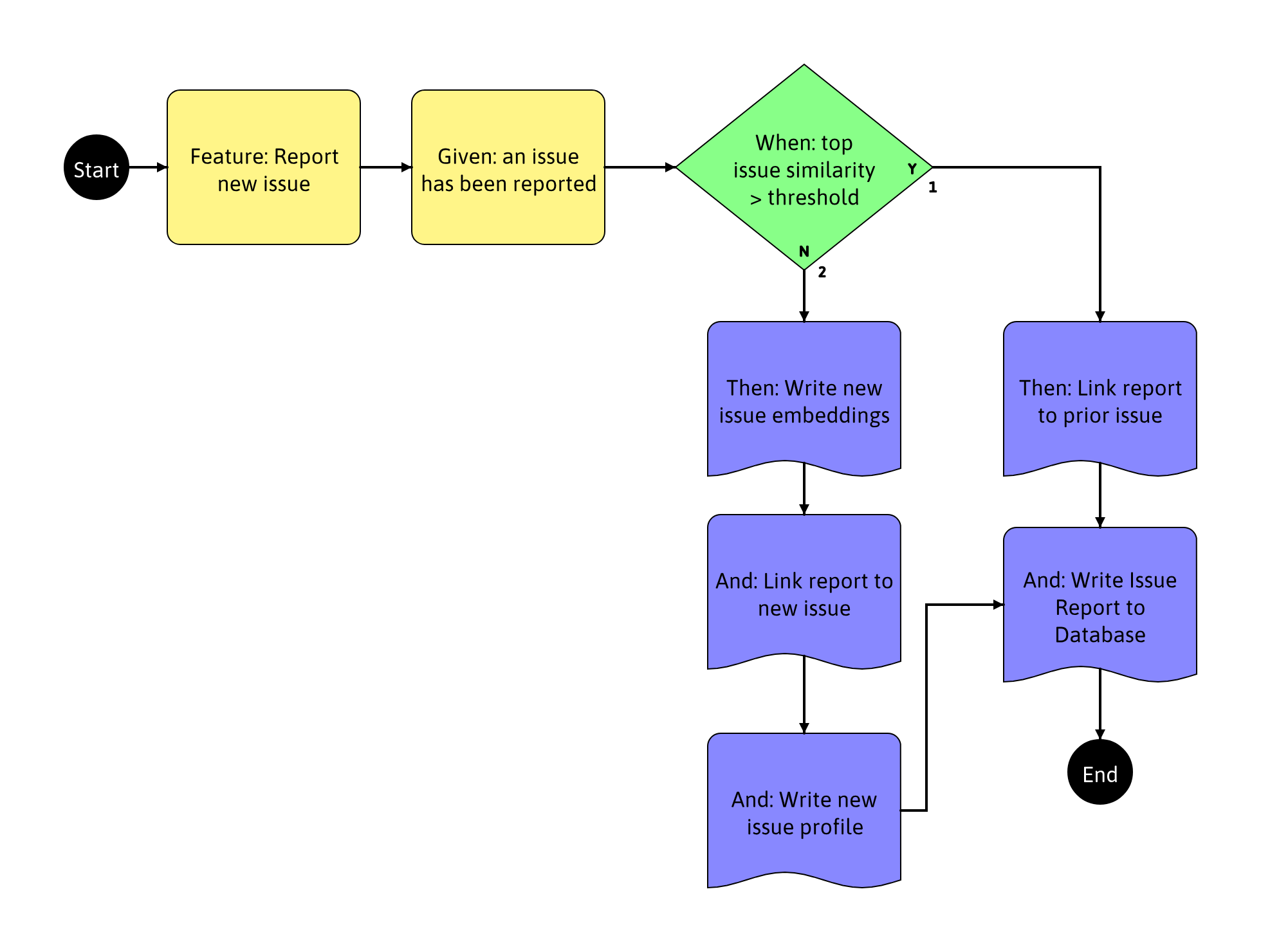
Think Like A Tester And Use Simple Questions To Test Requirements
Testing from requirements is a great way to get ahead of a problem. We can only test something that exists, and at the requirements stage the thing only thing we have that exist are our ideas. If we can find defects in the ideas, we can fix them before the ideas become product code. The hard part is finding flaws in something that we cannot watch run. We have to imagine issues and problems that are suggested or implied or inevitable from the requirements.
In this article I describe a requirements testing exercise I engaged in with a project of my own. I use a few techniques that were effective and relatively easy ways to expose problems not immediately visible in the first iteration of the requirements. Those techniques are:
- walk through any steps described in the requirements
- ask for clarification
- ask “what would happen if this step failed?”
- ask “what is the user supposed to do at this point?”
- ask if new issues indicate new requirements
Let’s look at the example.
System Under Test: A duplicate issue reporting detection application
I have a project I call DupIQ that detects duplicate issue reports coming from automation, bugs, or customer feedback. It gets embeddings for the incoming report, and then searches a vector database for prior issues. If any issues are above a certain similarity threshold, the incoming report is marked as a duplicate of that issue, and the report is written to an issue database. If no prior issues are above the similarity threshold, a new issue is created, the embeddings are stored in the vector database, and the new issue and report are stored in the issue database.
Simple Requirements from a Model and BDD:
I created a model using TestCompass to describe requirements for the “Report Issue” feature.

Instructing TestCompass to create a 100% path traversal of the model, we can then export the cases as a Gherkin formatted description of the requirements:
``` Scenario: Report Issue - TC1 Given: an issue has been reported When: top issue similarity > threshold (YES) Then: Link report to prior issue And: Write Issue Report to Database
Scenario: Report Issue - TC2 Given: an issue has been reported When: top issue similarity > threshold (NO) Then: Write new issue embeddings And: Link report to new issue And: Write new issue profile And: Write Issue Report to Database```
From this, I was able to start my testing.
Requirements can come in almost any form. They may be diagrams, lists, formal expressions like Gherkin entries in a ticketing system like Jira, or large specification documents. You can work with almost any format.
Asking Simple questions to review the requirements
A large set of requirements can be daunting. They are usually long (unlike the short example in this document, but I will get to that). There are usually complex but maybe unstated relationships between features and behaviors. There is also something about reading “The application will flip the pancake in the air…” that numbs the mind into blind acceptance, suppressing questions like “What if the pancake wasn’t there? What if the pancake wasn’t solidly cooked yet? What if there wasn’t enough clearance to do the flipping?”
One way to simplify it is to ask simple questions. There are many questions one could ask. For this exercise, I used a short list:
Clarifying questions:
- How does this happen? This is useful when an action seems to happen as if by magic. The requirements specify something that is supposed to happen, but do not indicate the steps that made it possible. This is a bug in the requirements themselves, and the clarification will prove useful in further analysis.
- Where does this go? Many bugs in a system fall out of storage or sending data somewhere. Steps after and between storage points are often fragile, and usually drive requirements changes to fix bugs in the design.
Exploratory questions:
- What happens if failured occured here/now?
- What is the user supposed to do when this happens?
